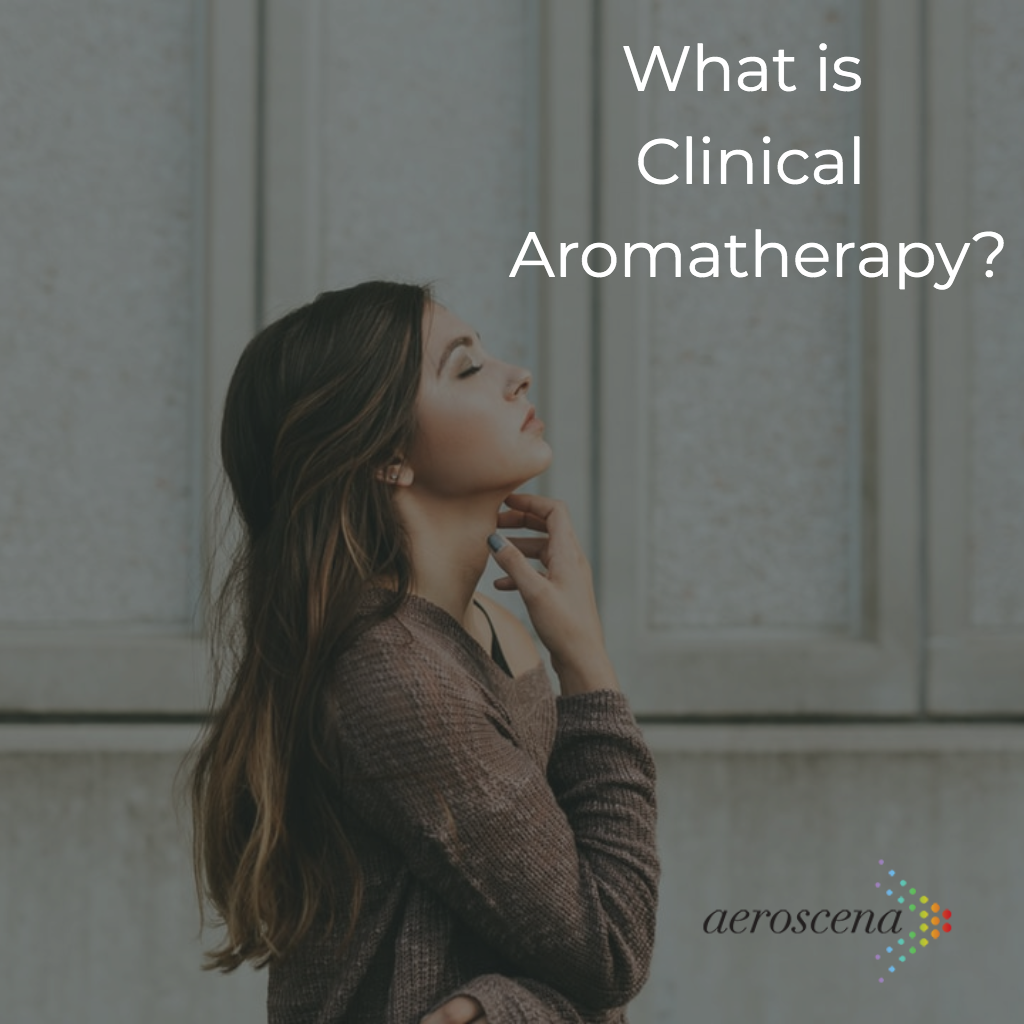
What is Clinical Aromatherapy?
 At its most basic, aromatherapy is the use of scent for therapeutic purposes. Aromatherapy has been around for as long as humans have been gathering plants. Before the distillation process was invented, plants could be crushed manually in order to release their scent. But essential oil distillation is an ancient process in and of itself; some say it was invented as early as 4500 BC, likely by ancient civilizations like the Egyptians, who used aromatic plant extracts for cosmetics, medicine, burial rituals — even to flavor food. These cultures handed down the knowledge of plants’ useful properties from generation to generation, but the only proof they had of their efficacy was that they often seemed to work. Given the lack of medical care available in ancient times, that was likely good enough for them.
At its most basic, aromatherapy is the use of scent for therapeutic purposes. Aromatherapy has been around for as long as humans have been gathering plants. Before the distillation process was invented, plants could be crushed manually in order to release their scent. But essential oil distillation is an ancient process in and of itself; some say it was invented as early as 4500 BC, likely by ancient civilizations like the Egyptians, who used aromatic plant extracts for cosmetics, medicine, burial rituals — even to flavor food. These cultures handed down the knowledge of plants’ useful properties from generation to generation, but the only proof they had of their efficacy was that they often seemed to work. Given the lack of medical care available in ancient times, that was likely good enough for them.
Clinical aromatherapy, on the other hand, is quite a bit more complex. It requires testing and standardization of essential oils’ constituent elements, quality control, supply chain transparency, and scientific proof of efficacy. Without all of these elements, aromatherapy cannot be labeled as “clinical.
There are a good many reasons why medical professionals have been skeptical and often slow to adopt aromatherapy in clinical environments, and the poor regulation of the essential oils industry is a big one. If you can’t prove that it works outside of your own, in-house testing facilities, guarantee the standardization of the product, or know exactly where it came from, it’s a hard sell for sure when trying to convince those for whom science is paramount.
One of the primary issues is that essential oils are categorized as a cosmetic by the U.S. government, and therefore regulated not by the FDA, as a drug would be, but instead, the FTC. Looking at it from this perspective, it isn’t difficult to imagine why a doctor would initially lack enthusiasm for aromatherapy. A history based in folklore, regulated as a cosmetic, often sold by multi-level marketing companies with track records of being “bad actors,” and very little solid evidence of efficacy due to a lack of large-scale clinical studies does not exactly breed confidence.
However, over the past few decades, and the last 10 years, in particular, there has been a concerted effort to work toward correcting medical professionals’ misconceptions regarding aromatherapy by focusing on science and standardization. Two of the pioneers in this sea change include Robert Tisserand and Dr. Jane Buckle. Both have made it a point to focus on essential oils’ safety and efficacy, and both have brought clinical aromatherapy research and education to the forefront, making it easier to separate truth from fiction (or meaningful studies from wild claims, as the case may be).
Dr. Buckle, in particular, has been an inspiration (and a true friend) to us at Aeroscena®, as well as a guiding light. Her research and writing have provided a framework for what clinical aromatherapy is, and isn’t, which has allowed us to develop practices and products that are trusted by medical professionals. So much so, in fact, that they have become willing partners in clinical research, using our formulas to help find ways to improve patients’ quality of life. With the help of respected medical professionals like Dr. Buckle, in concert with talented researchers at hospitals across the country, we are will continue to advance the understanding of clinical aromatherapy so that as many patients as possible can experience their health benefits firsthand.


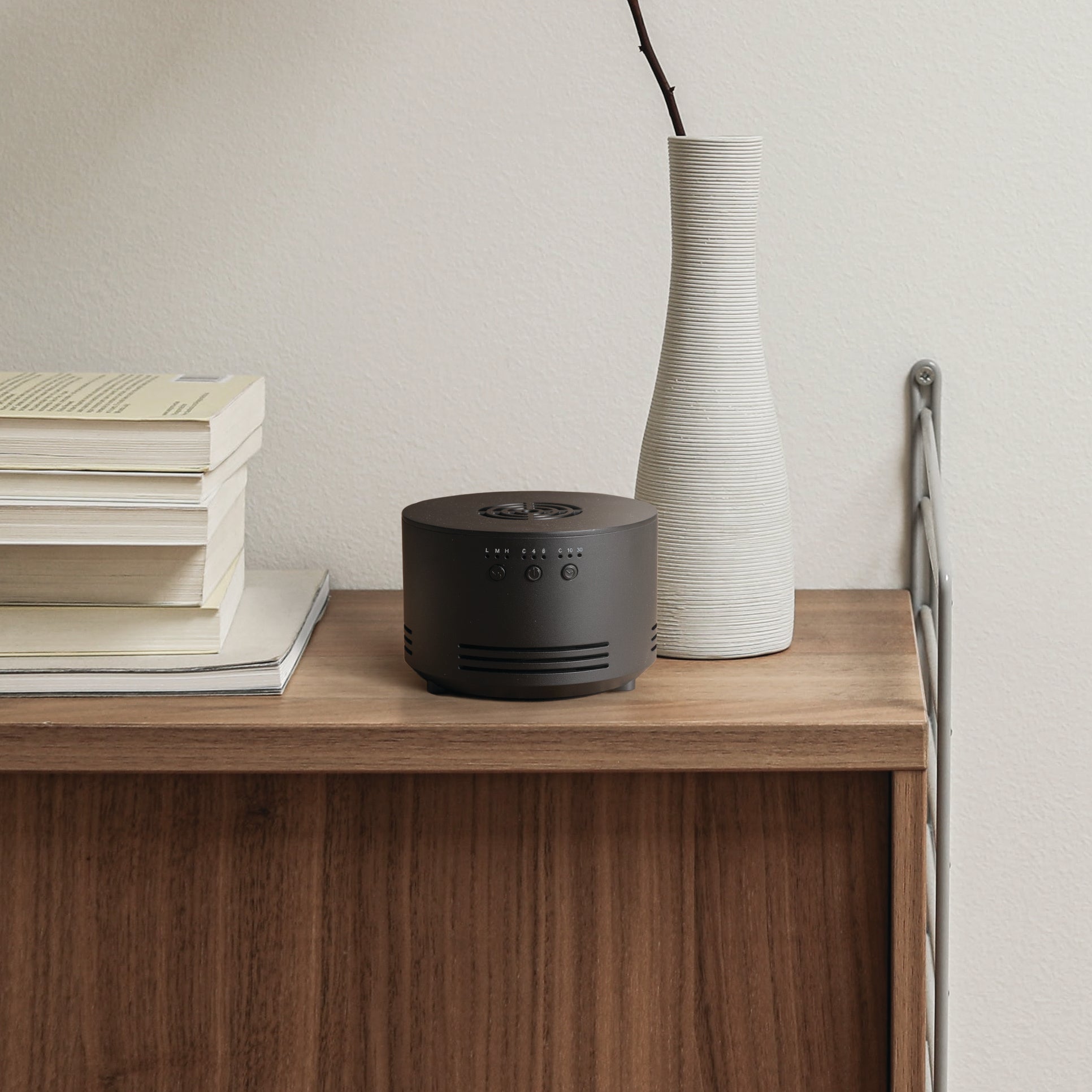
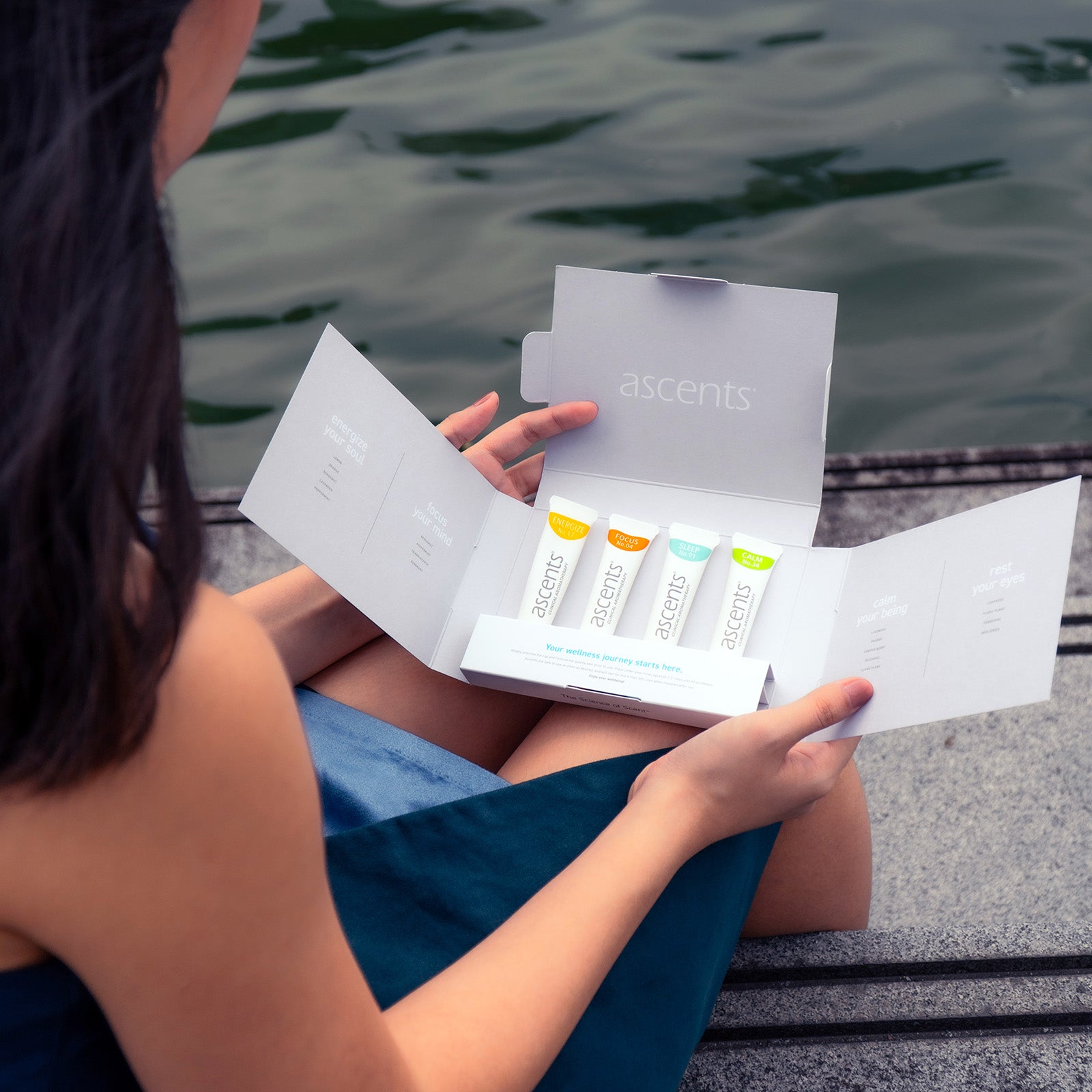
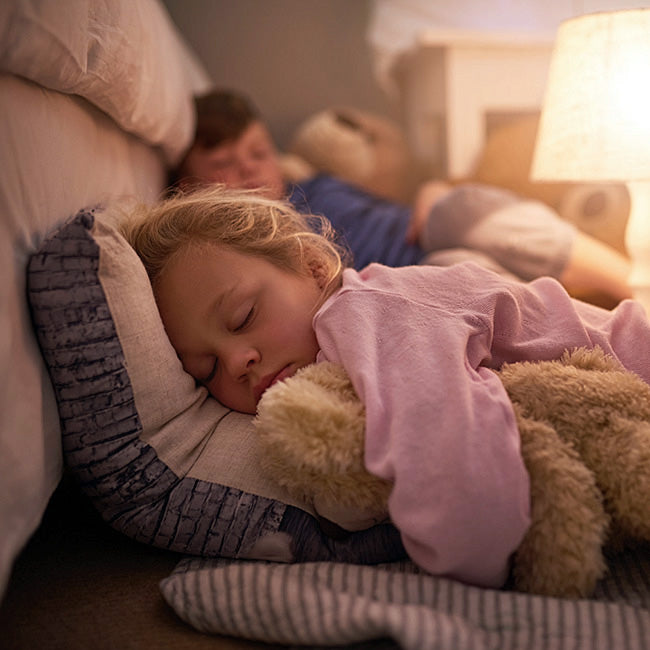

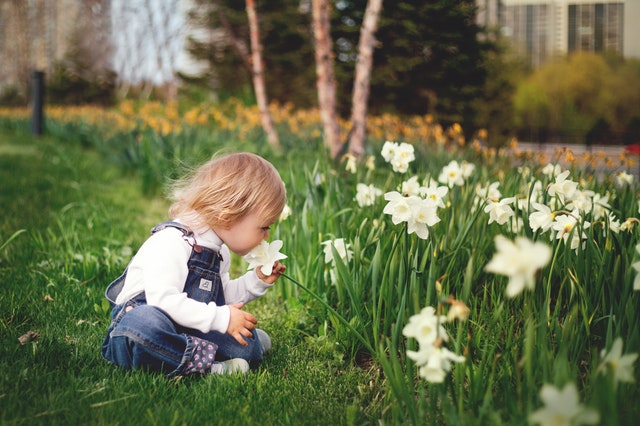
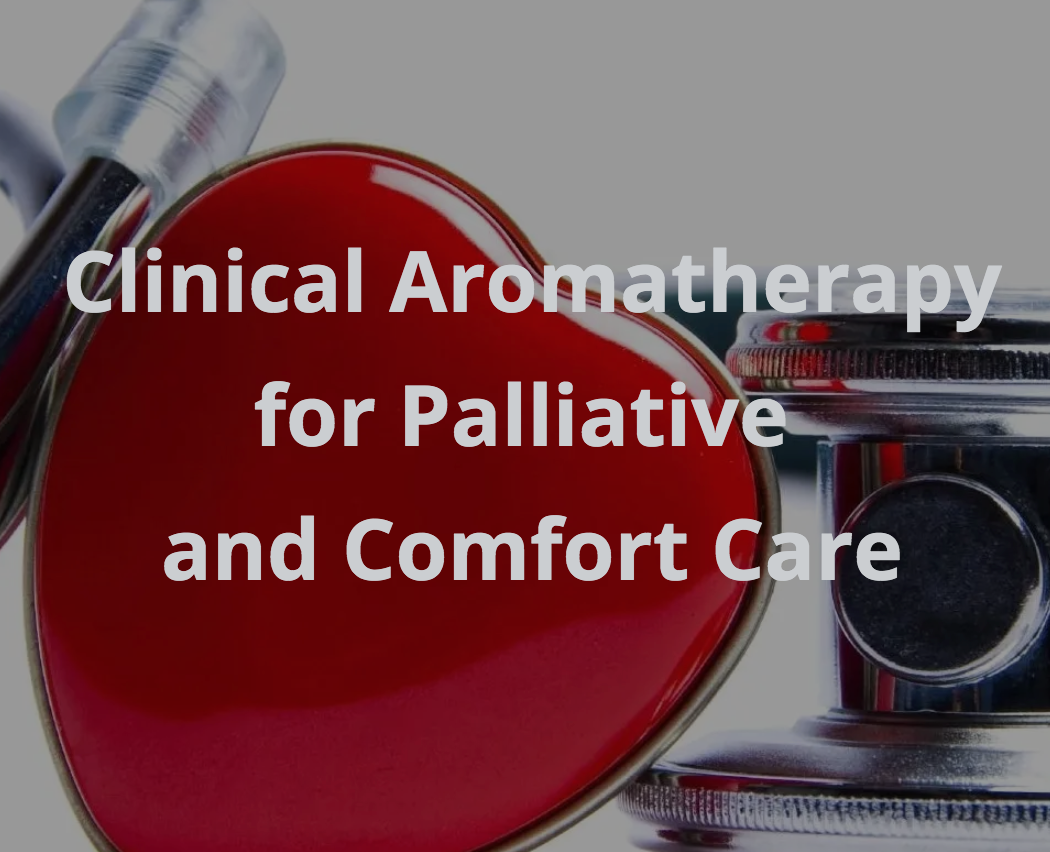
Leave a comment
This site is protected by hCaptcha and the hCaptcha Privacy Policy and Terms of Service apply.